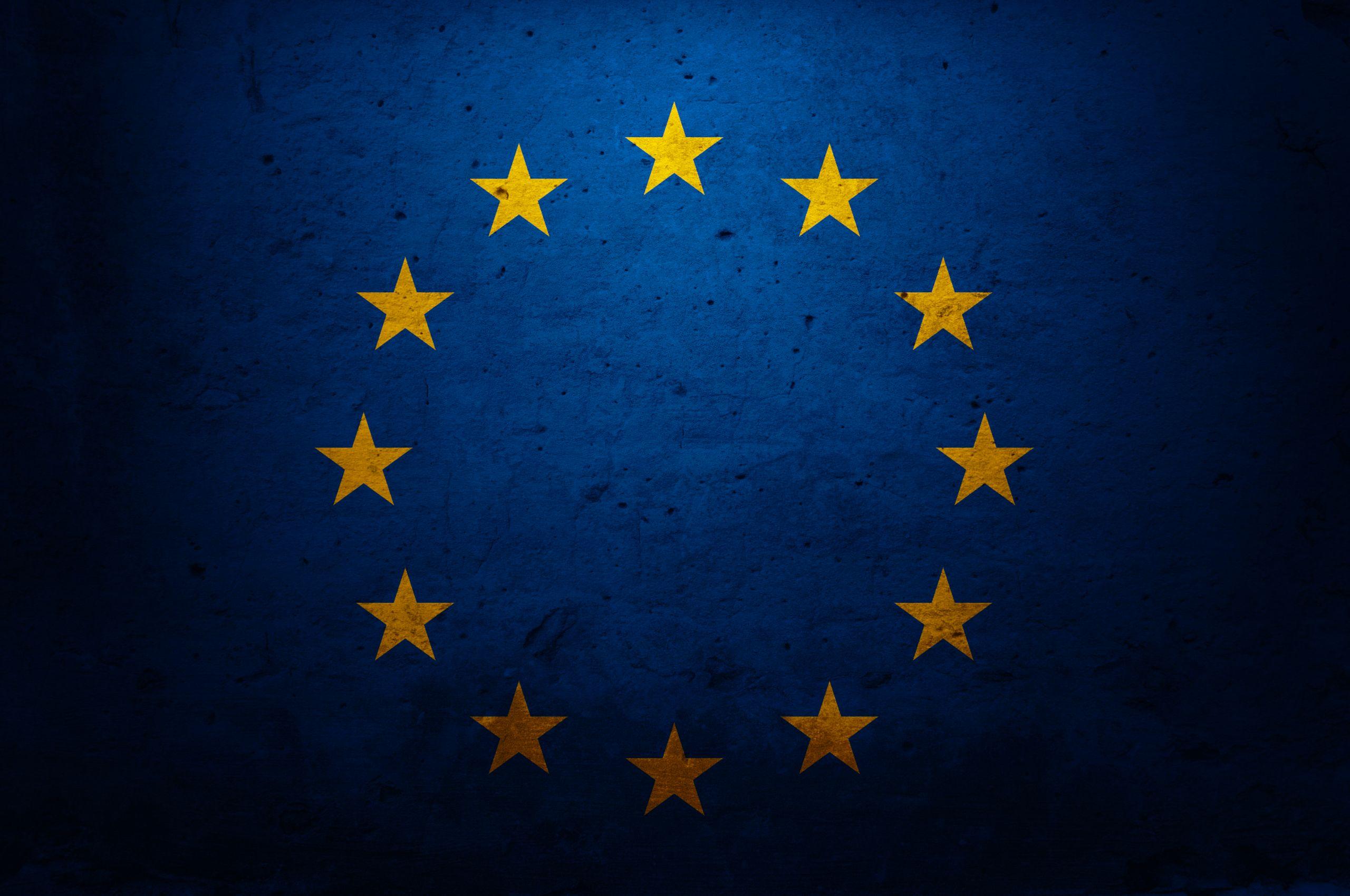This article is part of POLITICO’s Global Policy Lab: Living Cities, a collaborative journalism project exploring the future of cities. Sign up here.
UMEÅ, Sweden — At first glance, there is nothing remarkable about the Årstidernas park and its blue steel gazebo, a popular hangout spot for students, who flock there after class in the evenings.
And yet every detail of the carousel-shaped gazebo was designed with a specific audience in a mind: teenage girls.
Seating areas are adapted to the average height of a teenage girl, and the structure is located in a busy area of the park to make sure young women feel safe and can “see who’s coming, who’s there,” said Annika Dalén, an urban strategist and gender equality officer in the Swedish town of Umeå.
Those details came from the young women themselves, who took part in workshops to help design the project — part of a greater effort by urban planners to redesign Umeå to cater to female residents, whose needs are typically overlooked in urban design and city policies.
“Our cities are planned by and for men, historically and today,” said Mary Dellenbaugh-Losse, an urban researcher and consultant. Female urban planners “are still underrepresented and not often at the table.”
The effects of that imbalance are evident in cities everywhere: badly lit underpasses and parking lots where women are likely to feel unsafe, for example, or neighborhoods with public transport schedules that don’t accommodate for women’s schedules, which typically include more care-related responsibilities.
In Umeå, gender equality officers Dalén and Linda Gustafsson weigh in on urban policy and planning decisions — from the design of new parks and housing complexes to the course of a new bike route — to ensure they also serve the needs of the women who will use the infrastructure.
The benefits of that kind of attention ripple out across the city more widely, said Gustafsson: Designing for women helps to create a sense of belonging and safety that makes “people of different generations and different backgrounds” feel welcome.
“If we don’t work with gender equality, we’re not going to have a city where people want to live.”
Putting women on the map
Umeå has a head start when it comes to redesigning cities for women: Since 1978, a gender equality committee has weighed in on the city administration’s policies from a gender perspective.
The set-up has been instrumental in “putting gender equality on the map,” said Charlotta Westerlund, a city councilor who chairs the committee. Gender equality is also a key feature of the city’s long-term planning, in which it commits to “creat[ing] conditions for women and men to have the same power to shape society and their own lives.”
That means gender equality officers are considered central to the city’s work, rather than sidelined. “I’m not seen as the internal police that goes around telling people what they’re doing wrong,” said Gustafsson, adding that gender equality is seen as a “development issue” that is crucial to making the city more liveable.
Umeå’s approach has attracted attention from urban planners and policymakers across Europe, and in 2019 the city was selected as the lead partner in the Gendered Landscape network organized by URBACT, an EU-funded program. Earlier this month, it hosted the closing event for the project, which includes six other cities from across the bloc.
Gustafsson stressed that each city has to find its own solutions. “Sometimes gender equality is approached with these one-size-fits-all checklists — do this and you will have [it],” Gustafsson said. “Instead, we need to understand the city, who lives there, how it’s built. And then we can figure out how to approach gender equality.”
But the city is also keen to serve as an example and inspire others to take action: Since 2009, the city offers a bus tour that highlights its most successful initiatives.
That includes a roughly 150-meter-long pedestrian underpass that connects that center to the residential neighborhood of Haga, right behind the central station.
Women reported feeling unsafe in the old tunnel, which was “narrow and dark and very steep, which also made it difficult if you went with a wheelchair or a stroller,” said Dalén, the gender equality officer.
The new underpass is wide and well-lit; the other side of the tunnel is visible from the entrance and visitors can leave through an additional exit halfway through if they don’t feel safe. The walls are decorated with art and quotes from Swedish author Sara Lidman.
“We know that people feel safer in public space in the company of other people. And even if it’s not an actual physical person, the company of somebody else’s words, and especially the company of another woman, increases [women’s] feeling of safety,” said Dalén.
Other initiatives — a school renamed after Maja Beskow, one of the first female teachers in Umeå, or pedestrian crossings flagged by blue warning signs that portray both a man and a woman — are less noticeable, but aim to make women more visible in the city.
“In the old days, you used to name parks and streets and plazas after men, so we have a disproportionate number of male names in our city,” said Dalén. “We should strive to even this out, [including] in the streets, and in what you see on the streets.”
Greener, fairer
Designing urban spaces for women requires “critical thinking … creativity and imagination,” according to Gustafsson. That type of decision-making that will also be key to tackling the city’s next big challenge: slashing emissions and adapting to climate change.
“When it comes to climate change, we need to make changes fast,” said Gustafsson. “And when you make changes fast, it’s easy to forget about the human perspective, and about gender equality.”
Globally, women, particularly in poorer households, are more vulnerable to the impacts of climate change. They also tend to be left out of decision-making processes.
In Umeå, administrators like Gustafsson argue that measures aimed at reducing emissions need to take gender into account to ensure women are not disproportionately affected.
They also point out that prioritizing gender equality can be a powerful tool in the fight against climate change.
In gender-equal cities, “emissions would go down a lot” because women “make more sustainable choices than men,” said Gustafsson.
Travel surveys and studies conducted in Umeå, for example, showed that men were a lot more likely than women to use their car in the city. A 2020 study commissioned by Sweden’s innovation agency found that if men traveled like women, Sweden’s emissions from passenger transport would decrease by nearly 20 percent.
“We spend a lot of money on new technical investments and inventing or refining technology and making it more sustainable. But we also have to look at the behavior” of men and women in the city and challenge those norms, said Gustafsson.
“Umeå is committed to becoming climate neutral by 2030,” she said. “But if we don’t work simultaneously to combat climate change and achieve gender equality, we’re not going to get there.”
This article is produced with full editorial independence by POLITICO reporters and editors. Learn more about editorial content presented by outside advertisers.




